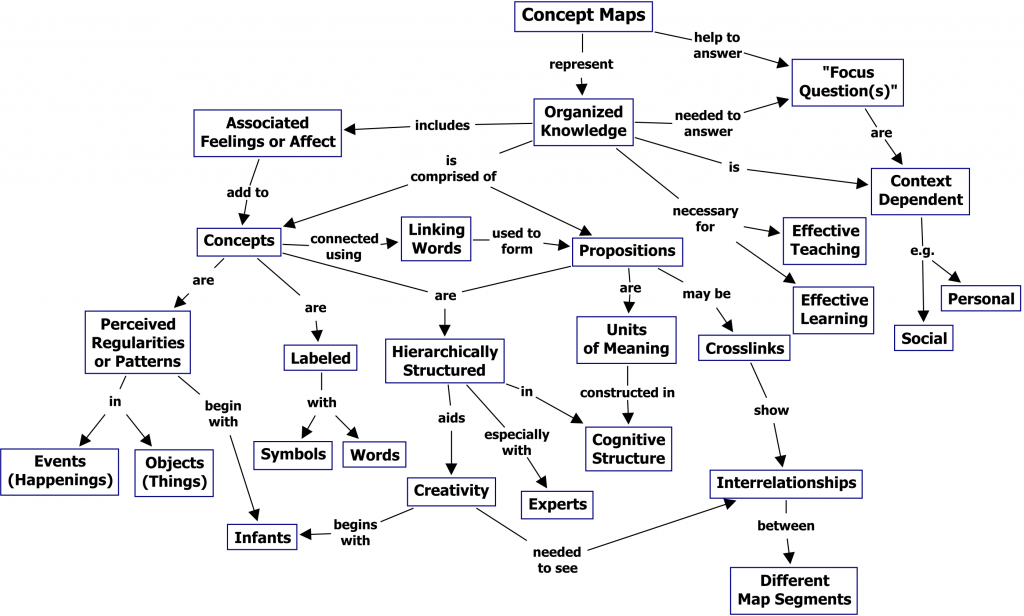This post is one in a series on leveraging students’ prior knowledge from experiential learning in your course.
Guide students in learning to plan
Planning is the ability to take a systematic approach to accomplish an objective, including setting goals, developing strategies, outlining and prioritizing tasks, and setting timelines. Whether in the course context, on co-op, or in one’s personal life, planning impacts one’s success in tackling a complex project.
How planning supports success
A key difference between novices and experts is that experts develop more sophisticated and elaborate plans (McPherson, 2000). However, students tend not to recognize the need for planning, and may skip that step entirely in approaching an assignment (Ambrose et al., 2010). To help students acquire planning skills, instructors can build in explicit planning components that require students to outline their approach to semester projects, papers, and other substantial independent work.
CATLR Tip
Ask students to write a hypothetical memo to a previous co-op supervisor outlining their approach to an upcoming assignment that requires both a demonstration of course content knowledge and an understanding of the priorities of their former supervisor. Asking students to write this memo “to” a previous supervisor can help them integrate what they are learning in class with the practical, social, and political lessons they learned in their experiential learning activities. This integration can help link the planning process and your course content to their developing professional identity.
Structure opportunities for students to integrate their knowledge
While experiential learning provides abundant fodder for connections that might help students recognize the value of classroom learning, novices tend to compartmentalize experiences from one another, seeing their prior learning as relevant only in a context similar to the original one in which that learning occurred (Ambrose et al., 2010). Challenging our students to identify and explore possible connections enhances their expertise and understanding of our content.
How does integration support further learning?
The ability to make denser and more multi-dimensional connections between concepts or experiences is what distinguishes the expert from the novice (e.g., Chi et al., 1989). Students learn best when they can link information and concepts in meaningful ways, and when they share, compare, and describe these maps, they make the connections between your content and “real-world” contexts clearer to themselves and one another.
CATLR Tip
Consider an assignment in which students must pick a few aspects of an experiential learning activity in their past and map how various pieces of your course material relate it. “Concept-mapping” is a powerful way to probe how well students are learning course material and how they are relating different pieces of course content to one another.

Reproduced from Novak & Cañas, 2008
Help students learn to use feedback meaningfully
Due to the structure of a semester, students may commonly receive feedback on their performance only after completing a given component of the course. As a result, even when instructors intend for that feedback to guide students’ future work, students struggle to identify specific future use cases for that feedback and may not apply it at all. By creating structured opportunities to apply feedback, we can help students value and meaningfully use that information to improve their performance.
How feedback-directed practice enhances learning
Goal-directed feedback shapes students’ learning and performance toward specific outcomes (McKendree, 1990). Individual feedback also allows students to focus their learning on the specific elements of a task with which they struggle, rather than simply practicing an entire task repeatedly with an equal emphasis on components they have mastered and components they have not yet mastered (Ambrose et al., 2010). When instructors intentionally frame feedback in ways that clarify the specific future use cases in which that feedback will be relevant, they increase the likelihood that transfer of learning will occur (Engle et al., 2012).
CATLR Tip
Ask that students review their co-op supervisor evaluations and incorporate one specific element of that feedback into their approach to a course assignment. For example, a student may write “I got feedback from a previous employer that I did not identify challenges well, so I made sure in my paper to include potential counter-arguments to my thesis and address them.” This activity brings together learning goals you have for your students and previous performance goals their supervisors may have had for them. This is an important integration, as it can help students make connections between these two kinds of goals and use feedback received in one context to enrich their experience in another.
References
Ambrose, S.A., Bridges, M.W., DiPietro, M., Lovett, M.C., & Norman, M.K. (2010). How learning works: Seven research-based principles for smart teaching. San Francisco: Jossey-Bass.
Chi, M.T.H., Bassok, M., Lewis, M.W., Reimann, P., & Glaser, R. (1989). Self-explanations: How students study and use examples in learning to solve problems. Cognitive Science, 13, 145-182.
Engle, R. A., Lam, D. P., Meyer, X. S., & Nix, S. E. (2012). How does expansive framing promote transfer? Several proposed explanations and a research agenda for investigating them. Educational Psychologist, 47(3), 215-231.
McKendree, J. (1990). Effective feedback content for tutoring complex skills. Human-Computer Interaction, 5(4), 381-413.
McPherson, S. L. (2000). Expert-novice differences in planning strategies during collegiate singles tennis competition. Journal of Sport and Exercise Psychology, 22(1), 39-62.
Novak, J.D., & Cañas, A.J. (2008). The theory underlying concept maps and how to construct them, Technical Report IHMC CmapTools 2006-01 Rev 01-2008, Florida Institute for Human and Machine Cognition.
